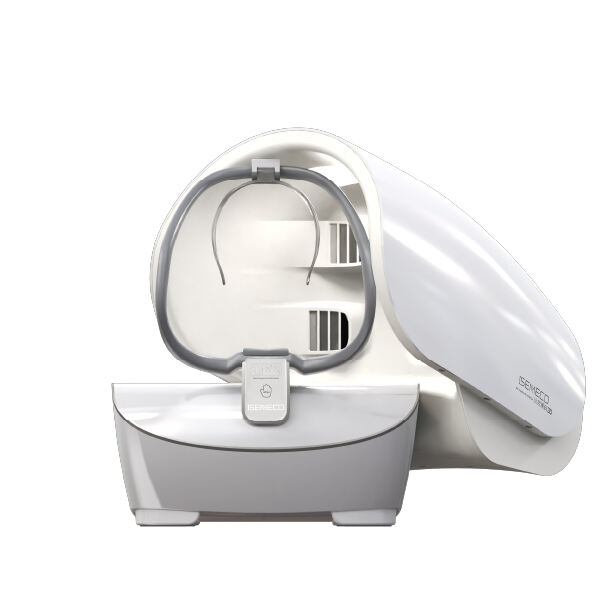
For practitioners in the field of dermatology and cosmetic medicine, the selection of a Skin Analyzer is seen as a hard decision especially among the practitioners. There are so many skin analyzers in the market that one needs to be aware of the basic features. A well organised Skin Analyzer increases the scope of diagnosing and treating the various skin ailments and hence also becomes an important component of practice.
Body:
The competence of an image captured by a Skin Analyzer
One important attribute for consideration is the imaging resolution of the Skin Analyzer. This is vital in the context of dermatology and plastic surgery because it’s essential for them to examine the skin’s surface and subsurface layer. In cases involving the appearance of freckles or melasma, the ability to photographically resolve the distribution of melanin is of great importance. This helps to pinpoint the precise surface location and the depth of the pigmented lesion thereby allowing for more appropriate treatment. For example, MEICET /ISEMECO’s Skin Analyzer helps patients view with better clarity the areas in need of melanin deposits or assessing the slightest changes in the skin’s surface to enhance the planning of treatment.
Evaluating Datasets through Skin Analyzer
Another aspect that needs to be focused on is the evaluation of data. The Molecular Ecology for dermatologists should specify several skin parameters. In the case of sensitive skin — skin restoration, for this purpose the apparatus must measure skin wetness, lipids content and barrier dysfunction. Such data gives an extensive assessment of a patient’s skin condition, and facilitates the preparation of specific protocols of treatment. It can, for instance, determine whether there is a lack of some lipids responsible for the sensitivity, or there is too much water loss, and what treatments like creams or lasers would be able to restore the skin completely.
Obtaining Data Through Skin Analyzer
Another important aspect is the measurement capacity. In terms of wrinkle reduction and facial filling, the Skin Analyzer must quantify skin elasticity, collagen density, and tissue volume. This will allow plastic surgeons to possess relevant information on what and how much treatment to perform. MEICET/ISEMECO skin analysis features special sensors aimed at enhancing accuracy for a measurement that is demanded to achieve the required outcome in procedures like dermal filler injection. There is need for precision as this simplifies the over rather than under treatment and attaining the natural look that is required.
Conclusion:
When it falls within the ambit of performing surgery and treatments on the skin, dermatological and cosmetic surgeons must get Skin Analyser which performs well on imaging and data analysis and measurements. MEICET/ISEMECO contains these myself which therefore helps in ensuring that practitioners do a better job and have a wider scope of skin treatments such as freckle removal, wrinkle treatment, facial micro – plastic procedures among others. It helps to achieve accurate diagnosis and more targets are achieved properly with a personalized treatment plan which translates to enhanced patient management and care and treatment outcomes.
 EN
EN
 AR
AR
 BG
BG
 HR
HR
 CS
CS
 DA
DA
 NL
NL
 FI
FI
 FR
FR
 DE
DE
 EL
EL
 HI
HI
 IT
IT
 JA
JA
 KO
KO
 NO
NO
 PL
PL
 PT
PT
 RO
RO
 RU
RU
 ES
ES
 SV
SV
 TL
TL
 IW
IW
 ID
ID
 SR
SR
 SK
SK
 SL
SL
 UK
UK
 VI
VI
 SQ
SQ
 HU
HU
 TH
TH
 TR
TR
 FA
FA
 AF
AF
 MS
MS
 UR
UR
 BN
BN
 LA
LA

